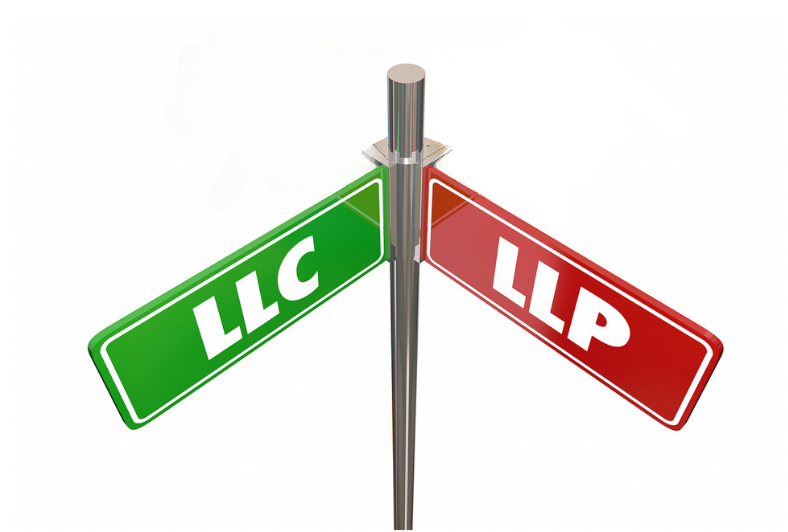
With Corporation Tax going up, we have seen an increase in the possibility of using an LLP instead of, or alongside, a Limited Company to mitigate some of these rises.
This blog looks at what an LLP is, how it is taxed and considers if using one is worth the effort to mitigate tax.
What is an LLP?
An LLP is a Limited Liability Partnership. A normal partnership is when two or more sole traders come together to trade and an LLP is the same, but with limited financial liability.
An LLP is much closer to a partnership than a limited company in that:
- It doesn’t pay tax – the partners pay tax on the profits of the partnership
- The partnership doesn’t pay dividends – cash paid to partners is drawings
- Partners can be added and profit splits can be flexible
There are some similarities between an LLP and a limited company. Both have to file accounts at Companies House and both have limited liability.
How is an LLP taxed?
For tax purposes, an LLP’s business is treated as a partnership. This means it is tax transparent in that the LLP itself is not taxable, and instead the members are taxable as individuals, both on profits earned by the LLP and on gains on the sale of LLP assets. Usually, the members of an LLP are treated as self-employed and will be liable to pay income tax on their share of the LLP’s profits.
So where is the tax saving?
The issue with a Limited Company is that while the rate of tax it pays on its profits, Corporation Tax, is relatively low, any money taken by the owner is taxed again. Despite this the total tax paid has often been lower than the amount paid under self-employment, mainly because there is no National Insurance paid.
The benefit of lower taxes has brought with it several restrictions, such as restrictions on changing shareholders and additional taxes for benefits provided by the Limited Company.
So, the tax savings can be:
- No benefits in kind – so an LLP can provide cars to members with an adjustment for private users
- No double taxation as described above (with the downside of National Insurance)
Mixed Partnerships
Until 2014 it was possible to have a hybrid situation where an LLP has a Limited Company as a partner, which allowed trade to be undertaken by an LLP, with excess profits transferred to a Limited Company to take advantage of the tax savings outlined above.
Anti-avoidance rules were brought in to prevent this in 2014, along with rules to apply PAYE to partners where they are considered salaried partners.
So mixed partnerships are problematic and the tax advantages are pretty much gone.
How about LLP’S alongside a Limited Company?
It is possible to still run an LLP alongside a Limited Company provided there is distinct and separate trade.
But to save tax the scenario has to be very specific, and we have seen situations where an LLP has been recommended by accountants and the tax saving opportunity has quickly gone or been swallowed up by the additional accountants’ fees. In addition, there is a higher risk of a tax investigation if you run an LLP and a Limited Company alongside each other with similar trades.
There is a lot to be said for keeping it simple.
There is a saying you may not have heard ‘don’t let the tax tail wag the corporate dog’ – some people focus so much time on trying to save tax that they take the focus off growing the business.






